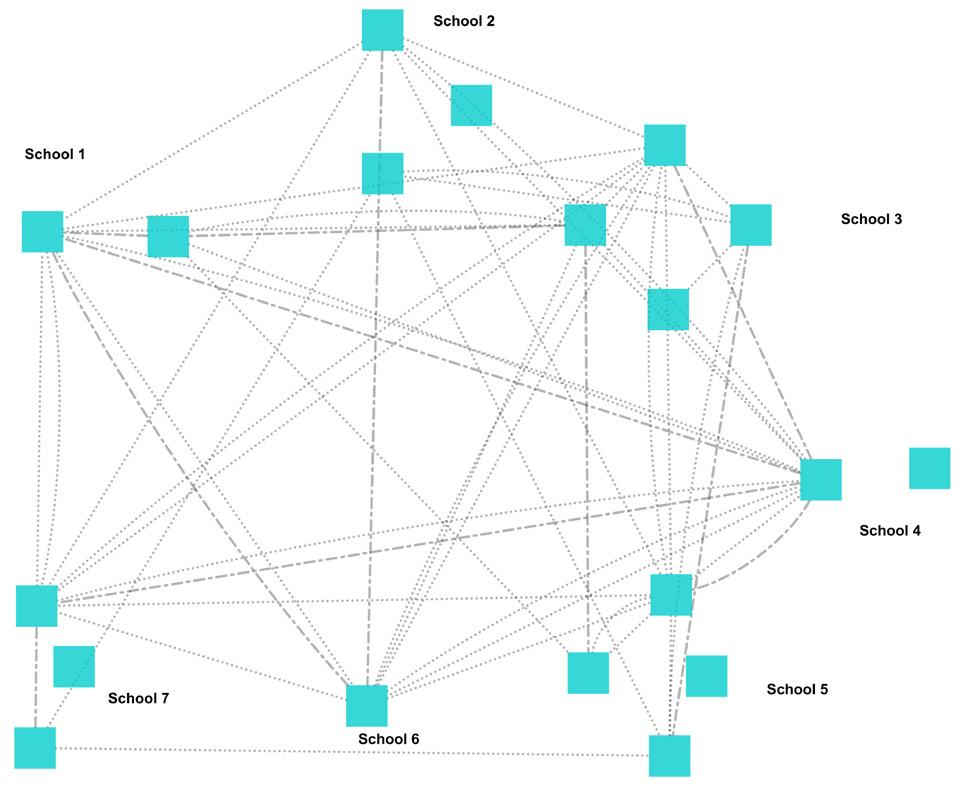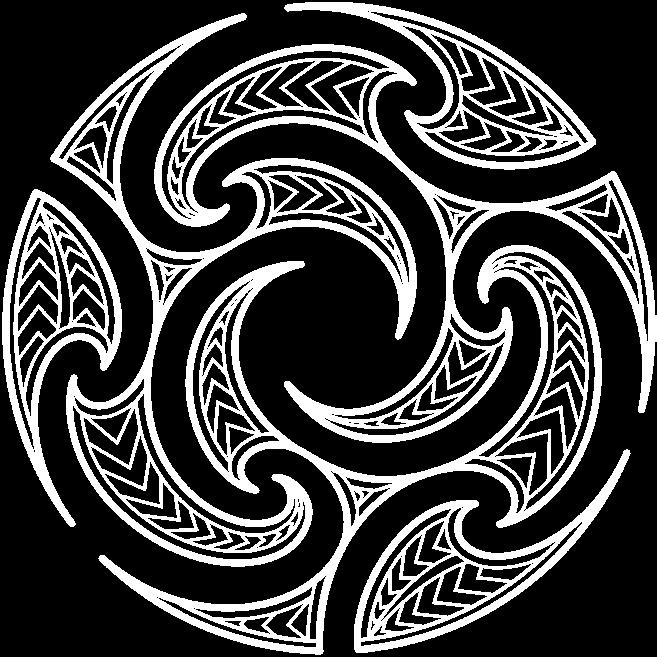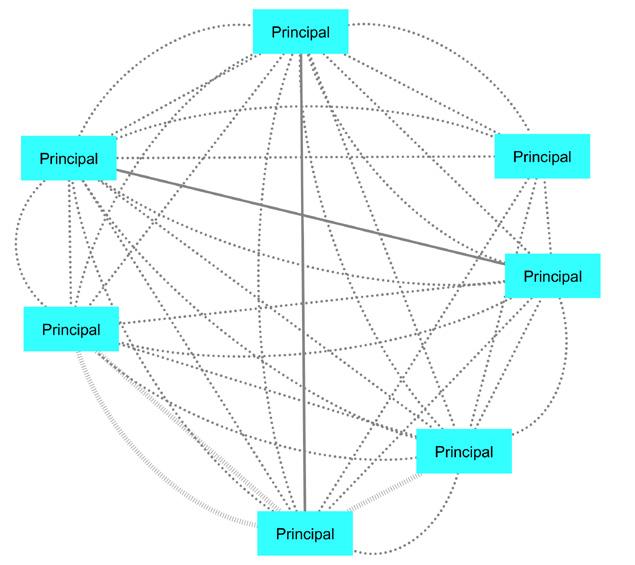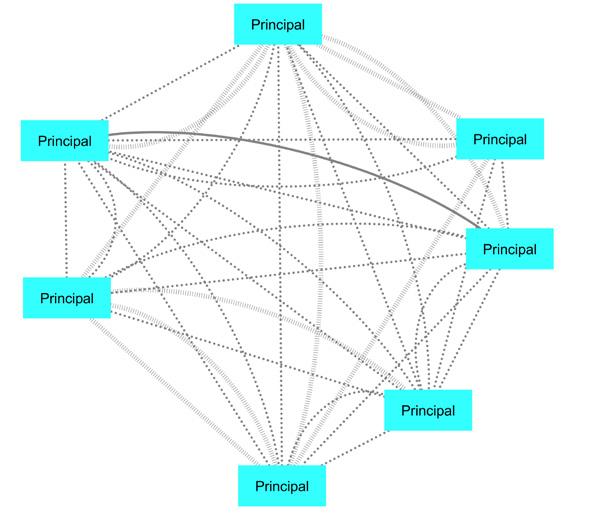
6 minute read
Monitoring and evaluation of outcomes
TABLE 5: The learning experienced through three focus areas
Focus area Learners:
Advertisement
Deep learning
Cultural responsiveness
• had more learning experiences they could identify with and explicit understanding of the relevance of their work • had many opportunities to develop and show their competence across the curriculum • worked and learnt in a variety of social groups, building their collaborative and cooperative skills • set learning goals and considered how well they achieved these, while also identifying areas where they could improve • had choice about activities, including working with experts from the wider community, guided by the teacher as they worked.
• enjoyed learning te reo and tikanga Māori • Māori students experienced success as Māori in part because their experience as Māori and cultural understandings were acknowledged and valued.
Creativity (music) • showed their learning in meaningful ways, such as performance at Kahukura-wide music festivals • met, rehearsed, and performed with students and teachers from other schools in Kahukura
• explored their creativity and cooperated with others • developed dispositions, such as independence and persistence, to support their learning in other areas • increased their confidence and sense of wellbeing by performing in front of appreciative audiences.
The sense of belonging to a community was reinforced for students as they transitioned between schools. They were reassured to find that the new school used approaches to learning they were familiar with, which eased their transition.
Monitoring and evaluation of outcomes were developing across Kahukura
Evaluation and the use of evidence to inform practice is a critical element of assessing schoolwide achievement and the efficacy of shifts in practice derived through professional development.20 The use of formative and summative data at a classroom level is also important to inform individual teachers about differentiated needs of their learners and of the impact of practice on learner achievement and progression.
formative and summative student assessment is merely one element in a range of approaches to understand the impacts of a professional development initiative. Others include asking teachers to rate and self-assess in relation to changes in their practice, engaging with students about their experiences of teaching and learning21 or undertaking classroom observations.22,23 It is important to use a range of sources of evidence, establish baselines prior to implementation of a change programme, maintain the ongoing collection of this data and have regular staff discussions about what this evidence is showing. Such strategies need to be built on the back of teachers having the capability and confidence in both collecting and analysing data. As we have described above, Kahukura schools were adopting a range of approaches to assessing their improvement journey, although this was more singularly associated with the deep learning focus area than the subsequent areas. These measures included the use of the NZCER Student Agency Survey and the use of the NPDL Evaluation Tool. These formal instruments were complemented by regular student feedback and ongoing self-reflection as part of teaching practice, along with observations and reflection from peers and Lead teachers. The SNA confirmed that collective teacher efficacy and joint reflective practice was strong, with most teachers working together at least weekly to reflect on their teaching practices and how they might continue to improve (figure 6). Monitoring had strengthened, especially in relation to inclusivity and wellbeing areas. SENCOs and the Lead teachers in the inclusiveness focus area had analysed and shared information about learners across Kahukura. This information included learners’ wellbeing and/or behavioural issues and how these affect learning needs. Initially, the SENCOs gathered data about the social, pastoral and learning needs of Māori children. Having established an agreed measure of student wellbeing, a cross-CoP database was developed with Mana Ake24 over two years and now covers wider groups of learners. SENCOs have information about children in aspects such as anxiety levels, Ongoing Reviewable Resourcing Scheme funded learners, home factors that affected learning and students’ contact with Resource Teacher: Learning and Behaviour. The establishment of this database could allow Kahukura schools to monitor the changing nature of wellbeing across their student population, target resources and supports to those students who need it, and assess the effect of the measures that they deploy in terms of addressing wellbeing and behavioural concerns. The data has also been used to inform applications for additional support where it was needed and helped teachers tailor their classroom programme to better include these students. In addition, some schools are in the early stages of linking wellbeing and student-centred pedagogy to improve learning and progress. This data, together with teacher inquiry findings, could be taken further to inform Kahukura about the impact of the shifts in teacher practice on learner outcomes. For example, one school had identified what success looked like for their students; across all aspects of their learning and wellbeing. They had identified how best to monitor and report on student progress. They were tracking the ‘whole learner’. Evaluation of specific work had also taken place. For example, Kahukura undertook an inquiry into the Parihaka unit and found high teacher and student engagement. To further support the development of students’ agency and citizenship Kahukura applied for, and received, funding through the Teacher-led Innovation fund (TLIf).
21 For example, Marzano’s notion of whole Class Informal Assessment strategies in Marzano (2017) The New Art and Science of Teaching; Solution Tree. 22 Hamilton & Hattie (2021) Getting to G.O.L.D. The Visible learning Approach to Unleashing Education Improvement; Corwin & Cognition for a description of some of the strengths and limitations in each of these evaluation approaches. 23 ERO (2015) Effective Internal Evaluation for Improvement. 24 Mana Ake – Stronger for Tomorrow is the Canterbury Clinical Network ccn.health.nz/FocusAreas/ManaAke-StrongerforTomorrow.aspx
FIGURE 6: Teachers’ reflective practice with others in their school was often on a weekly basis
Key
Less than monthly Monthly Weekly Daily
Teacher Lead Teacher Principal
Note: The survey asked respondents whether they worked together to evaluate practice with another person, and how often.
Source: ERO SNA Survey
Kahukura should give further consideration to more deliberate monitoring and evaluation of their efforts, and more strongly linking this with impacts in relation to learner outcomes. At present, Kahukura schools monitor their own academic achievement and the progress of their own students. Access to data about the quality of teaching practices and their impacts on student progress was found to be variable between and within some schools. This was the area of greatest between-school variability in ERO’s findings.25
Around a quarter of teachers surveyed indicated that their team did not access data about the quality of their teaching practices or evaluate progress of students as a consequence of shifts in teaching practices. In stating this, three26 out of the seven schools were identified by their teaching staff as having particularly strong impact monitoring of learner progress,27 which suggests that there are strategies and practices which could be further shared across Kahukura.
A more deliberate approach across all schools and sharing these findings would: • help leaders in their assessment of the various professional development initiatives • support Lead teachers in the targeting of their support and coaching efforts • identify where strategies might require mid-course adjustment • assist in determining the point at which practice is embedded and schools are ready to move on to subsequent focus areas.
Promoting and sharing these findings would also ensure stronger accountability for the change, reinforce collective ownership, and further strengthen reflective practice across the workforce. It would also strengthen Board commitment to an ongoing improvement agenda.
26 Over 80 percent of staff agree that this was the case in their school. 27 In addition in 4th school, two thirds of staff agreed that this was the case in their school.






